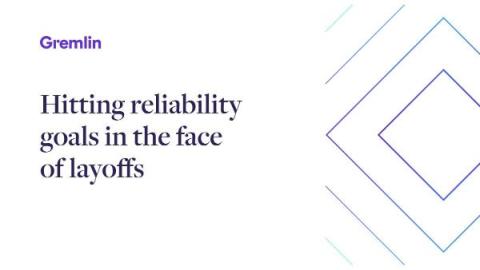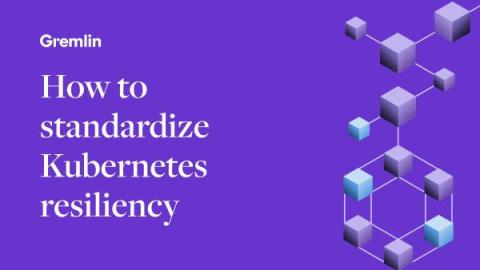How to build zone-redundant cloud instances and clusters
Redundancy is a core tenet of cloud computing. While major cloud platforms have high targets for reliability, they can still fail, and it’s important for teams to have a plan for when they do. But how can you build services that can withstand something as disruptive as a datacenter outage? In this blog, we’ll show you how to prepare for availability zone outages by proactively detecting services operating in a single zone.











